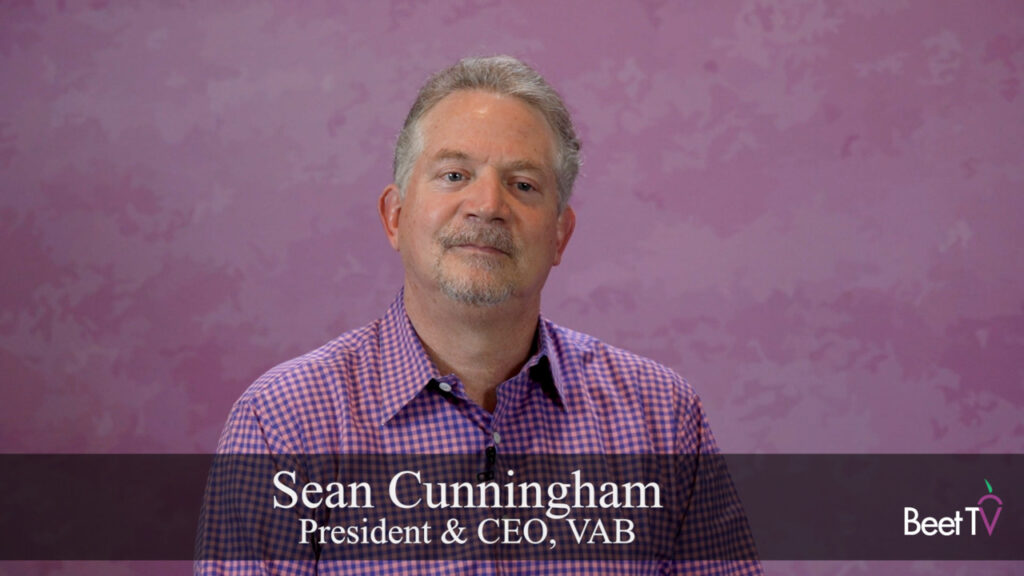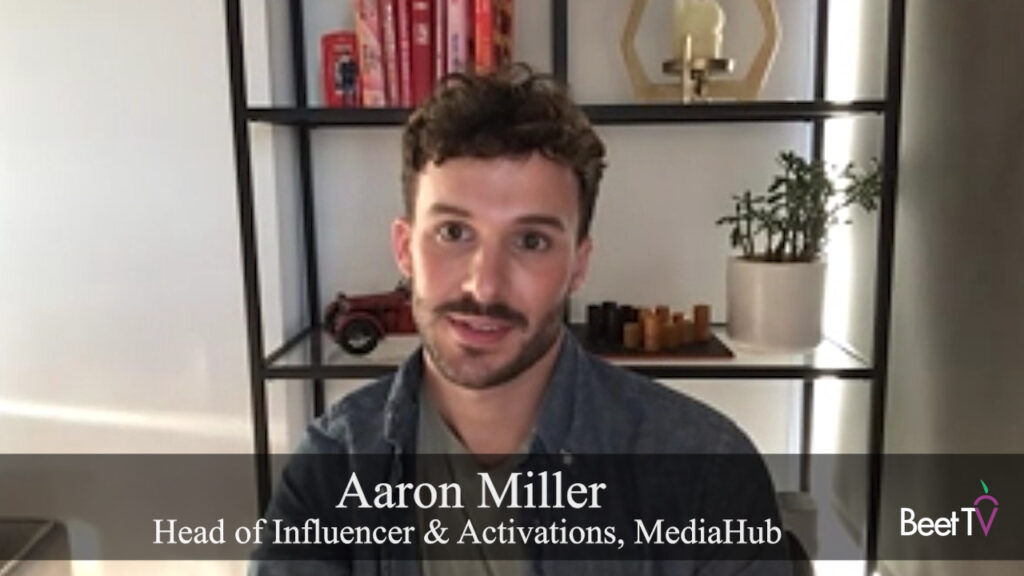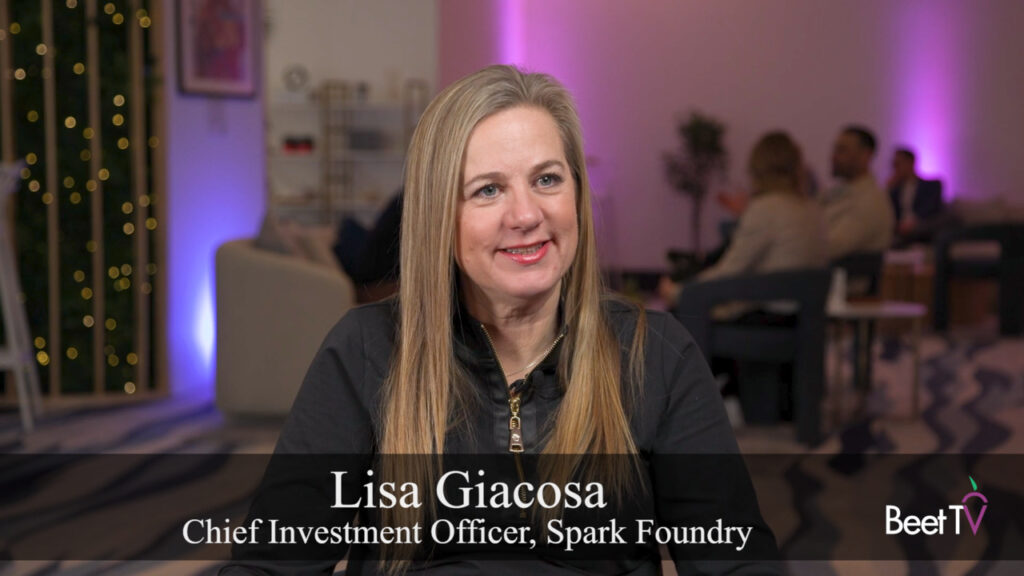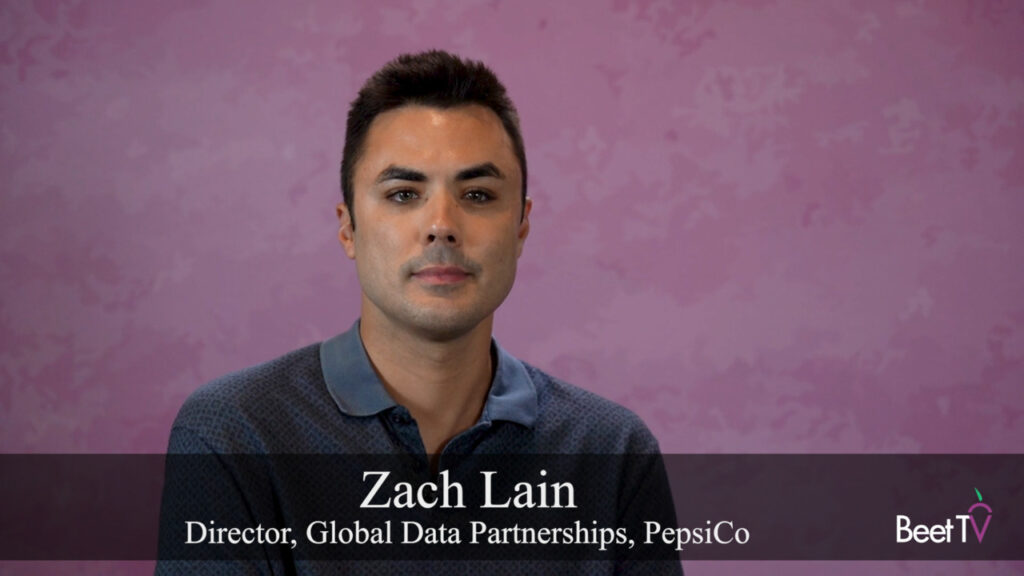This year’s election season has brought a significant shift in how campaigns reach likely voters through television, especially as streaming video becomes more popular. Political advertising also can benefit from tools such as supply path optimization, or the process of finding the most direct and cost-effective routes for buying digital ad inventories, including those for connected television.
“We’re getting more control of our publisher network,” Jordan Lieberman, chief executive of Powers Interactive, said in this interview with Beet.TV. “We’re getting more control of our inventory pricing engagement, and I think we’re seeing real results at the client side.”
The optimization of ad inventories has improved engagement with viewers, Lieberman said. He looks at metrics such as the video completion rate to ensure that ads are resonating with target audiences.
“The reality is that audiences react to provocative messaging, and so it’s not necessarily good or bad, but the more provocative is more effective when it comes to political advertising,” Lieberman said.
Ensuring that ad messages are having an effect also is a process of repeated exposure, as marketers have recognized for years.
“It’s a game of reach and frequency. Have we reached every single person in our target audience?” Lieberman said. “What that means is taking that video creative and looking beyond CTV into OLV [online video], into social and everything else just to make sure that we kind of catch every nook and cranny.”
He cautions political campaigns to not rely too heavily on voter roles in each state to identify the people who are likely to mail in a ballot or show up at a polling place.
“The interesting stuff, though, is when you get beyond the typical voter file data, those hundreds of rows of data,” Lieberman said. “You start looking at viewership patterns, you start looking at models and that’s where we start really trying to break the party affiliation model.”
Instead of targeting likely voters based on their party registration, campaigns should plumb other kinds of viewership data to determine how they can reach target audiences.
“You can find a conservative Democrat in Alabama, you can find a liberal Republican in California,” Lieberman said. “Using viewership data, for example, or other models really does make that targeting much more effective. I would warn anyone who’s in political targeting, not just to use the voter file and party affiliation.”
You’re watching “Road to the Election 2024,” a Beet.TV Leadership Series, presented by Effectv. For more videos from this series, please visit this page.

































